‘A queer fellow’ is how John Everett Millais described Dante Gabriel Rossetti after his death, ‘so dogmatic and so irritable when opposed.’ What’s queer in England is quite normal in Italy, where heated arguments are described as ‘discussioni’, but history has tended to forget that Rossetti was Italian. His fellow Pre-Raphaelites, however, were very conscious of his foreignness, though Holman Hunt found the ‘maccaroni’ served at the Rossetti family table – where you were as likely to meet Giuseppe Mazzini as Niccolo Paganini – ‘delicious’.
Gabriel (he adopted the Dante in his teens) was the second of four children born in quick succession to Gabriele Rossetti, the Italian poet and exiled founder of the revolutionary network the Carbonari, and to Frances Polidori, daughter of another émigré writer, whom he married in London in 1826 after fleeing Naples. The Rossetti household was literary, socialist and unconventional. All the children drew and wrote – thanks to grandpa Polidori’s private printing press, Gabriel and his younger sister Christina were both published authors in their teens – but only Gabriel thought of pursuing art as a career. At the Royal Academy, bored by the formal teaching, he continued to dither over whether to become a poet or a painter until he discovered William Blake and decided to be both.
Tate Britain’s new exhibition is unusual in being about a family rather than a movement, and – with Christina Rossetti’s poems papering the walls around her brother’s ‘Ecce Ancilla Domini! (The Annunciation)’ (1849-50) in the opening room – as much about literary as visual imagery. The Rossetti children’s literary bent was a formative influence on the Pre-Raphaelites – Gabriel, his younger brother William and Christina wrote half the content of the group’s short-lived magazine The Germ – and their revolutionary spirit rubbed off on the Brotherhood, lending it the cachet of a secret society. Without the Rossettis’ radicalism and unconventionality the Pre-Raphaelites might never have had the nerve to go scouting around the capital for working-class models, discovering Elizabeth Siddal in a hat shop, Annie Miller in a pub, Jane Burden at the theatre, Fanny Cornforth in a park and Alexa Wilding on the street.
Rather than professional models trained in classical poses, the Pre-Raphaelites wanted girls who could play damozels in medieval dramas for which the main requirement was a mass of hair, preferably red. Siddal’s was genuinely auburn, as the memorial lock of it in the exhibition proves.
The Rossettis of the exhibition title include Siddal as Gabriel’s artistic protégée and eventual wife, and the show sets out to dispel the myth of the meek, melancholy, laudanum-addled muse, presenting her as an independent woman and serious aspiring artist in her own right. Its argument that she influenced Rossetti is hard to sustain, but her drawings easily hold their own against his. The sense of space in her ‘Lady of Shallot’ (1853) (see below) is a sweet relief after walls and walls of Rossetti’s overcrowded compositions, and her Rouault-like, inky ‘Last Farewell Before Crucifixion’ (c1858) makes his contemporary ‘St John Comforting the Virgin at the Foot of the Cross’ look feeble. ‘He had his defects, and she had the deficiencies of those defects’, was William’s rather bitchy comment on their artistic relationship, although he conceded that her work displayed ‘eminent purity of feeling, dignified simplicity, and grace’.
Siddal stayed faithful to the purity of the Italian Primitives after Rossetti strayed into more sensual territory. Following a failed attempt at Victorian moralising about fallen women à la Holman Hunt in the unfinished ‘Found’, he headed off down the primrose path to artistic perdition. The appearance of his newly discovered, more voluptuous model Fanny Cornforth in ‘Bocca Bacciata’ (1859) marked the start of his conversion from painting pre-Raphael to post-Raphaelite Venetian ‘courtesan portraits’.
The picture’s protagonist, Alatiel – a bedhopping Babylonian princess from Boccaccio’s Decameron – was no shrinking violet. Hunt was aghast at the image’s ‘gross sensuality’ suggesting ‘animal passion to be the aim of art’, but collectors lapped it up. Girls! Girls! Girls! They couldn’t get enough. A photograph shows the Princes Gate drawing room of shipping magnate Frederick Leyland stuffed with Rossetti stunners, five of which hang in the exhibition.
Rossetti’s serial obsessions with different models anticipated Picasso’s; he treated them better, though the bare breast lent by an unnamed ‘cook’ to Alexa Wilding’s ‘Venus Verticordia’ (1868) is an early example of deep fakery. ‘Haircentric compositions’ is how the catalogue describes his late paintings; as the hair colour dictated the palette they almost invariably conform to the same complementary red and green scheme. Seen one, seen ’em all. The Tate is right to confine them to one room, but should have cut down on the indifferent early works too. Rossetti wasn’t a patch on Millais as a painter or on his sister as a poet. He was an influencer who created an Italian vision of woman that came to define an ideal of English beauty.
Got something to add? Join the discussion and comment below.
Get 10 issues for just $10
Subscribe to The Spectator Australia today for the next 10 magazine issues, plus full online access, for just $10.
You might disagree with half of it, but you’ll enjoy reading all of it. Try your first month for free, then just $2 a week for the remainder of your first year.

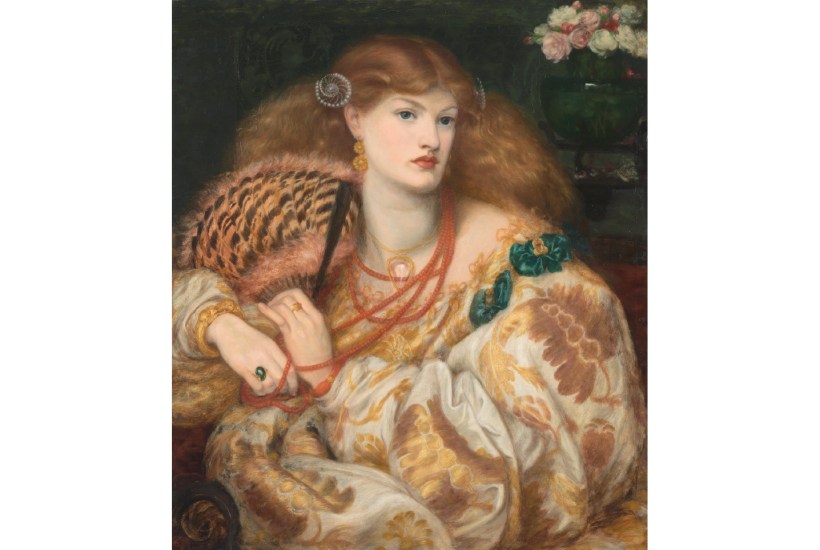

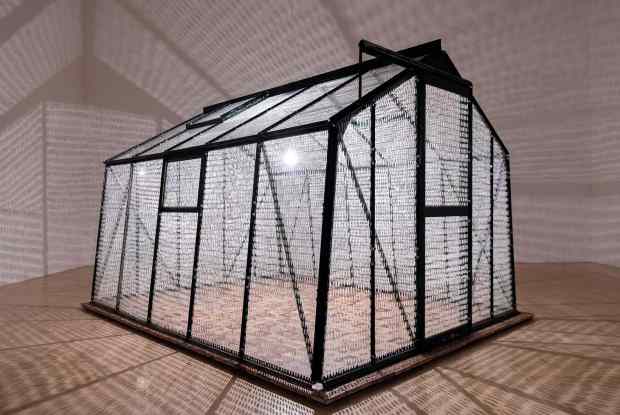
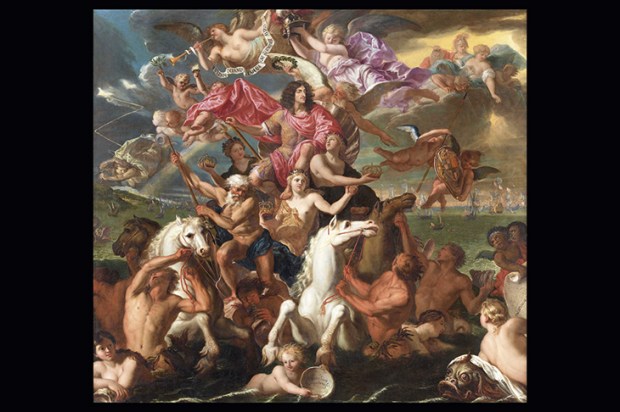

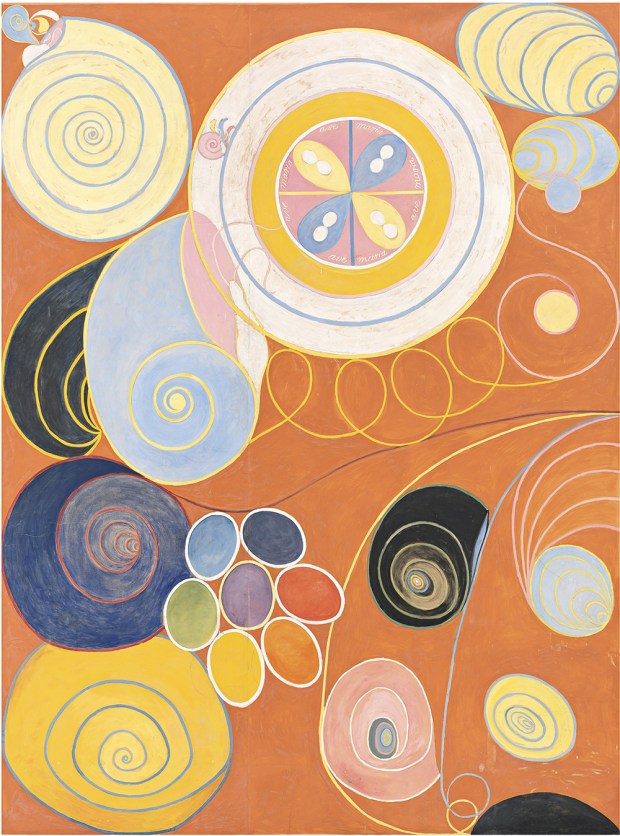
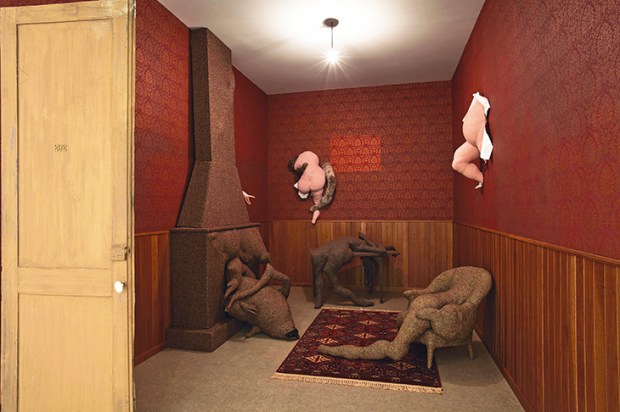






Comments
Don't miss out
Join the conversation with other Spectator Australia readers. Subscribe to leave a comment.
SUBSCRIBEAlready a subscriber? Log in